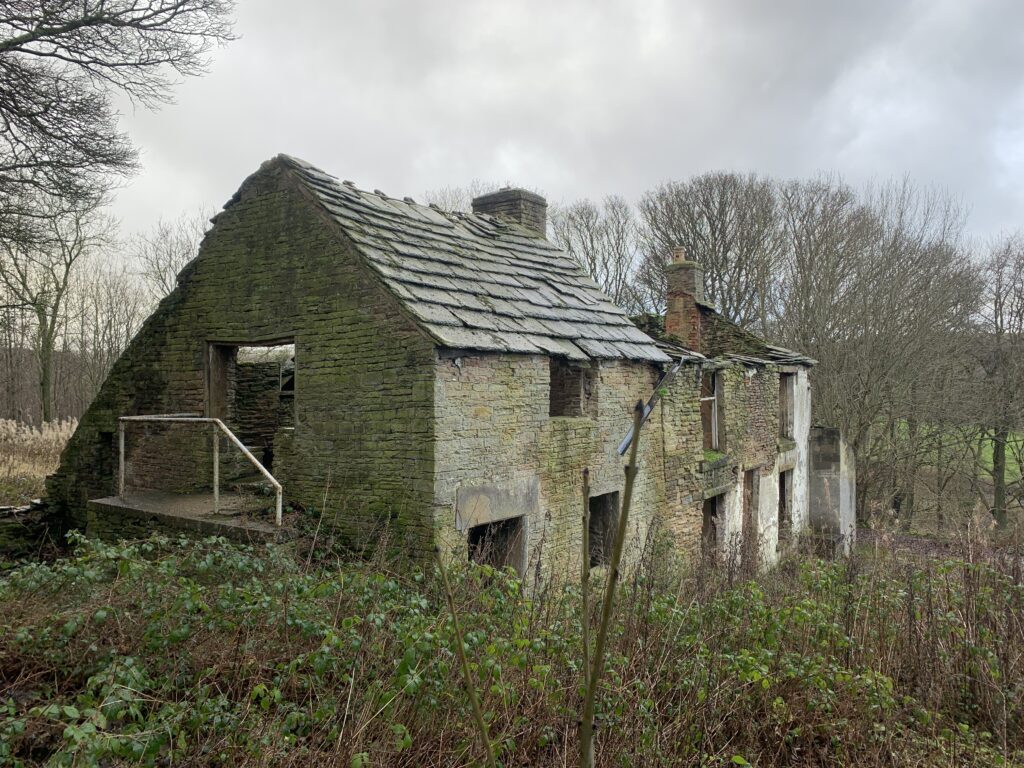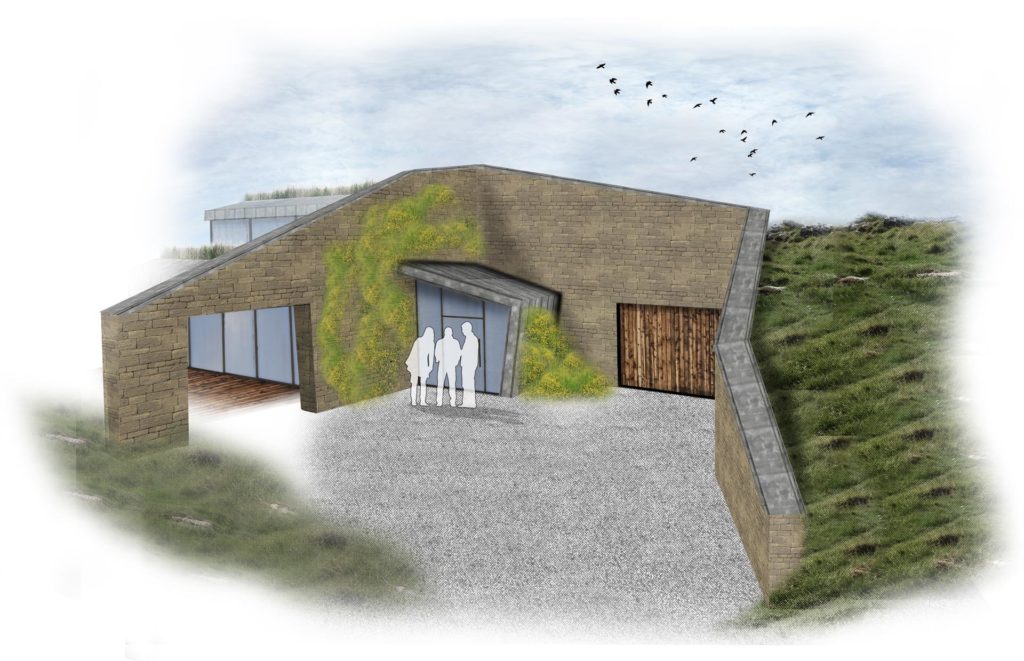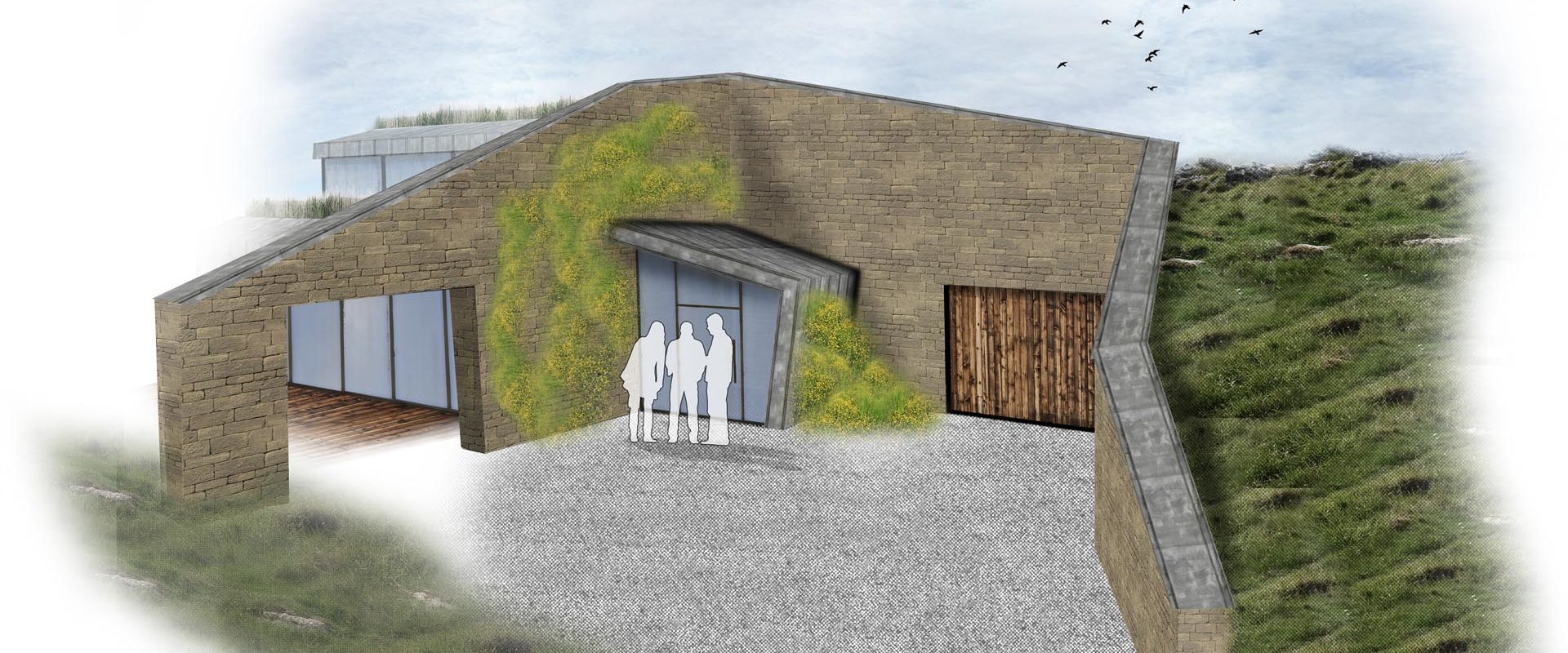Do you dream of living in a beautiful home in the countryside? How about building your own home in a remote location?
If you have, you might be familiar with Paragraph 84 which allows for a new build home in the countryside if (amongst other criteria) it shows exceptional quality of design and enhances its surroundings.
When you think of an exceptionally designed home, does a bold, extravagant home come to mind? One you might see on Grand Designs that costs millions to design and build?
But do you want to build something modest, sustainable, and designed for your needs without spending a million?
This blog goes onto explain that a Paragraph 84 home doesn’t have to be big or expensive to be exceptional. Paragraph 84 homes can be small and affordable.
With careful planning and a thoughtful approach to design, it’s entirely possible to gain rural planning permission for a modest, sustainable home that’s affordable and truly special.
What is Paragraph 84?
Paragraph 84 is the name of a particularly part of the National Planning Policy Framework that allows for exceptional new homes to be built in open countryside where development would otherwise be unacceptable.
In order to achieve planning approval, your design needs to meet strict criteria including; demonstrating outstanding architecture, being sensitive to the landscape, and promoting sustainable design.
What many people don’t consider is that these criteria are design-led, not size-led and that Paragraph 84 homes can be small and affordable
A modest Paragraph 84 home that is thoughtful, rigorously designed, and sustainable is just as likely to succeed. Larger homes can fail if the design and planning process hasn’t been thorough.

case study: heald head cottage
Stella & Martin have been interested in restoring a derelict cottage in Cawthorne, Barnsley.
Stella used to ride horses in the area with her friends, and remembers the cottage fondly thinking she’d love to live their in the future.
Given the cottage was in the green belt and a previous planning refusal, we’re using a Paragraph 84 approach to stage and structure the planning application to reduce the risk of another costly refusal.
Martin and Stella would like to renovate and extend the existing cottage, rather than demolish and rebuild.
Currently we’re refining the design for the new home using feedback from an initial Design Review Panel.
Why are Paragraph 84 homes often so large?
Paragraph 84 homes are often surprisingly large, as many people pursuing this route are looking for a good return on their risk.
Securing planning permission under Paragraph 84 involves a long, uncertain, and expensive process. People can invest thousands in site appraisals, design work, planning consultants, and specialist reports, all without any guarantee of success.
Many feel the need to justify that effort and risk with a bold, ambitious home, something that not only delivers personal satisfaction but also represents a valuable asset. So the, the size of the home can often reflect the scale of the journey.
How much its costs to submit planning application for a Paragraph 84 home
These are typical HEM Architects fees for a modest Paragraph 84 home, up to planning submission:
- Workshop and Desktop Study: £3,000
Half day workshop onsite to develop the approach including a Landscape Architect. - RIBA Stage 1: Existing Drawings and Site model: £2,000
- RIBA State 2: Initial Design: £3,500
Produce design work suitable for pre-application design review. - RIBA Stage 2: Design Review: £2,500
Prepare and attend a design review panel including site visit. - RIBA Stage 2: Design Development £4,000
Complete the design work following design review and produce a scheme suitable for pre-application submission. - RIBA Stage 3: Review : £2,000
Reflect and amend scheme following design review feedback. - RIBA Stage 3: Planning preparation £3,000
Complete the final package of information including drawings, visualisations and Design & Access statement to be submitted by a planning consultant.
Total £20,000

Case study: The Burrows
HEM Architects designed this earth-sheltered Passivhaus home in Stockbridge, South Yorkshire using Paragraph 84 policy.
The design is simple and size modest at 168 m2, but makes the best use of the site and its surroundings. It will be a bright, uplifting home with impressive views over the valley despite part of the house buried in the ground.
Our rigorous approach to the design and planning process meant we gained planning permission on our first attempt despite the difficulty of this approach.
It was the first NPPF 55 approval in South Yorkshire and one of the earliest in the country.
Why smaller can be smarter
Paragraph 84 homes can be small and affordable and have significant advantages. Not only can it help reduce build costs, but it can make it easier to meet the requirements. For example, being sensitive to the landscape, it’s overall environmental impact and improved energy efficiency.
A simple home that makes the most of a your space and well designed can have more character and works better, than a larger home that’s poorly thought out.
Paragraph 84 homes can be small and affordable
While all Paragraph 84 applications require significant investment, especially in early design stages, a modest home can still be affordable. Spending wisely can get you the home you want and keeping within a moderate budget.
The key lies in prioritising what matters most:
Design compactly and simply
A smaller, well-planned home is cheaper to build and easier to make sustainable. Keep the form simple and avoid unnecessary complexity in the layout or structure.
Work with the site, not against it
Your architect and engineer should design your home to minimise groundworks and disruption to the landscape. Using the natural topography and existing features can significantly cut construction costs.
It’s also worth considering that an underused site in the open countryside will cost significantly less than a self build plot with planning permission. So although professional fees will be much higher and the timescales longer. The overall cost to planning may not be that different.
Using a Passivhaus, Fabric-First approach
Prioritising airtightness, insulation, and passive solar gain over costly technical solutions. This creates a high-performing, low energy and healthy home has a lower impact on the environment and has minimal energy costs.
Use glazing sparingly
Glazing can be expensive and with a beautiful site, it’s tempting the get carried away with lots of large areas of glazing. So try and use window openings thoughtfully in key areas to bring in natural light and to frame views.
There’s no certainty for getting planning approval
While a Paragraph 84 home doesn’t always cost more to build than a typical self-build, the journey to planning approval carries real financial risk.
Unlike buying a plot with planning permission in place. You could spend upwards of £50,000 on professional fees including architects, consultants, and various reports, only to receive a refusal. It’s not a route for people who are very averse to risk.
That’s why a careful, staged process is essential. At each step, you need to assess risk, test ideas, and build the strongest possible case before committing to the next stage.
Success depends on the right strategy, lots of patience and being realistic about what’s involved from the outset.
links
You don’t need to build a mansion for an exceptional home
We’re experts at getting planning approval for beautiful homes in the open countryside.
